Can someone explain why DC current in advanced view is different from the dashboard view?

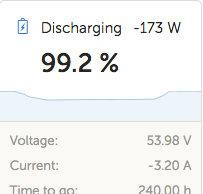
Update.
Here is the situation from today.
This morning Sun was up and battery was discharged down to 30%.
Battery is being charged with 133A but Advanced view shows DC current at 76A


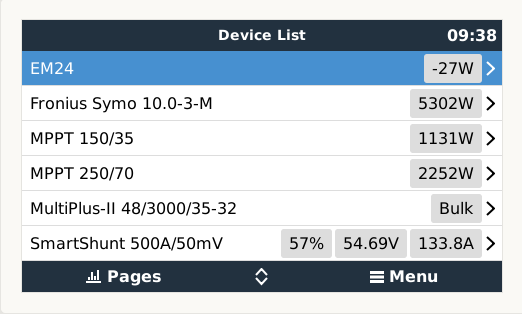
After battery gets to 100%, Advanced view reports DC current of -65A but the actual current, measured by SmartShunt, is 8A



I am not very confident in numbers I see on VRM.
Maybe someone from VRM team would care to explain what is happening.

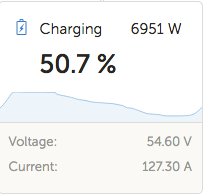










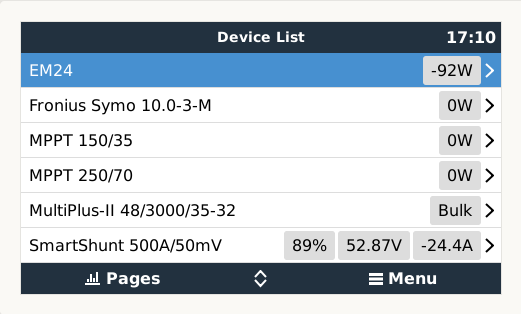
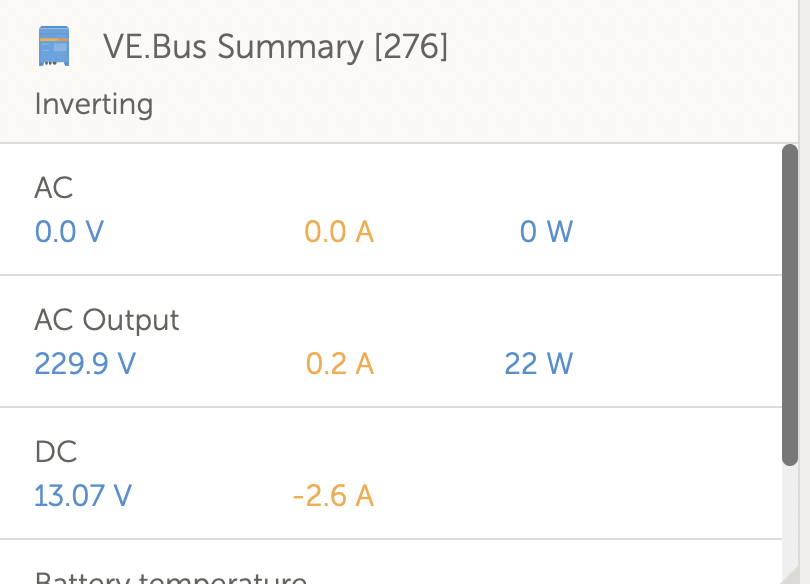

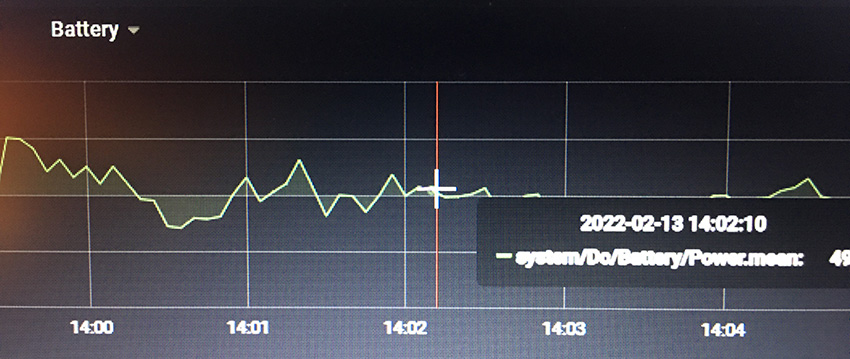



 Maybe here is the answer to my original question.
Maybe here is the answer to my original question.